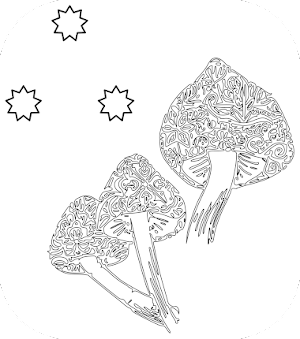This is where I post new recipes and goings on of the farm.
Latest entries below
- Who Cares Wins.. or Growing GREEN shrooms?
- Wild Herb “microgreen” Frittata
- New Market Line-up for ’25
Blog Categories
- Forage (10)
- Mycophilia (17)
- Recipes (6)
- WHole B-Log (20)
